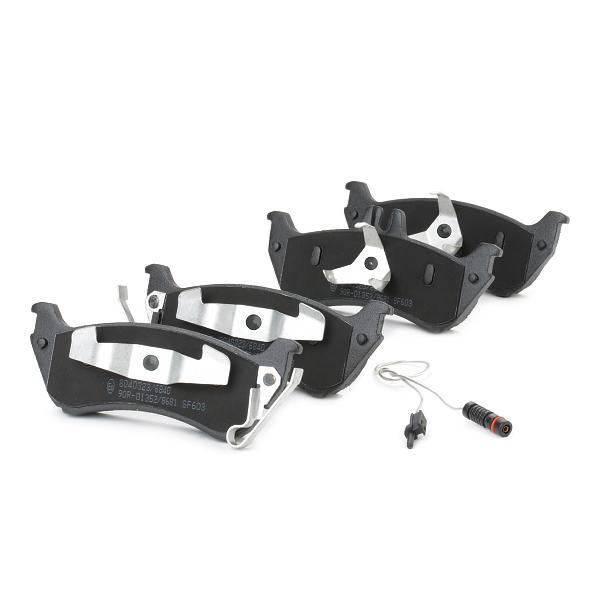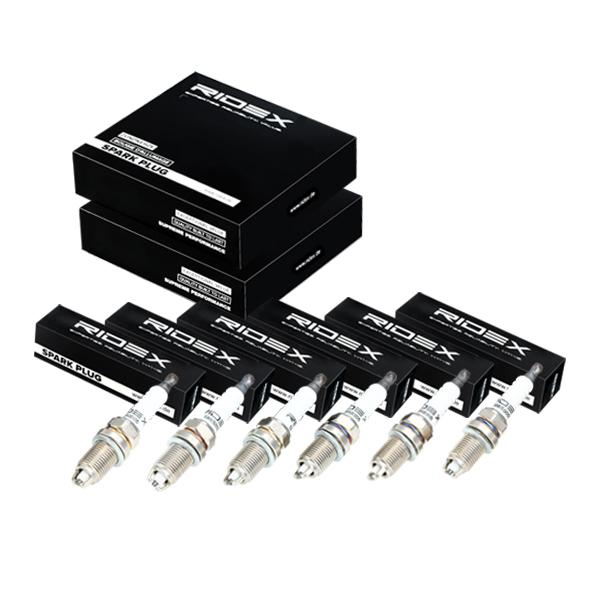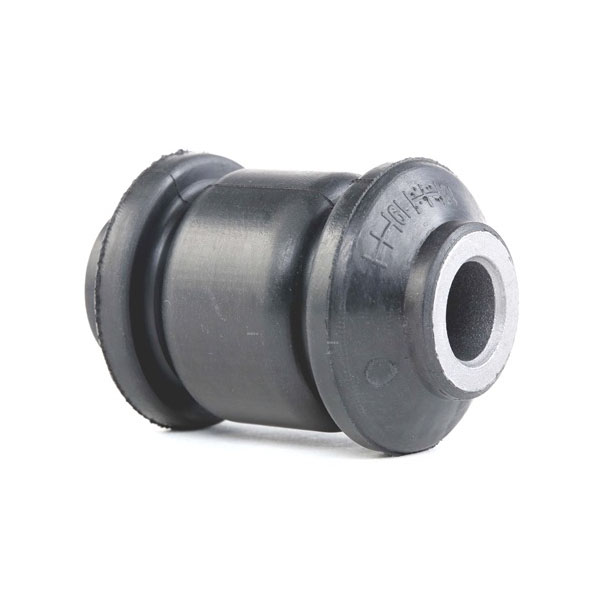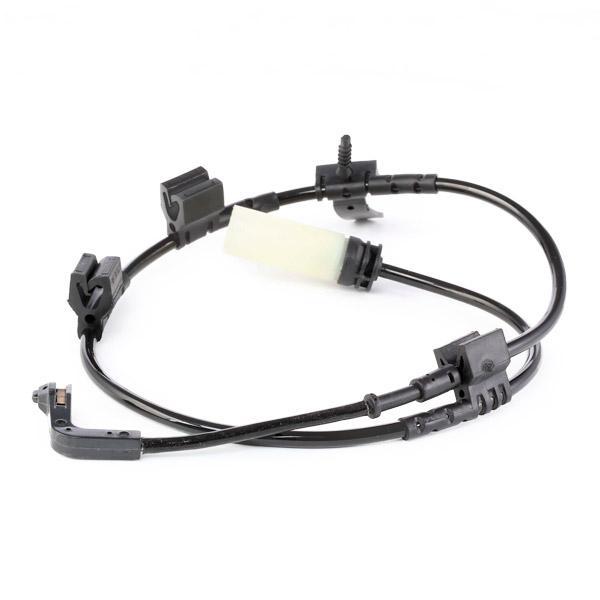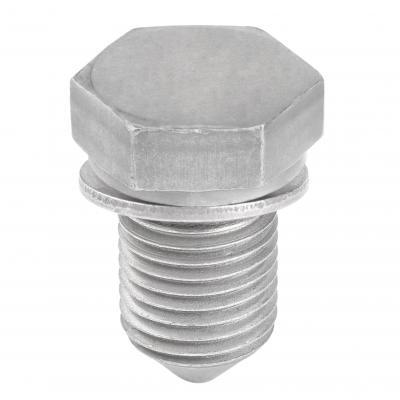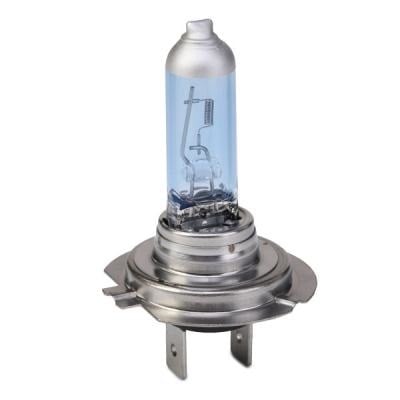
THE ART OF MOTOR OIL PERFORMANCE
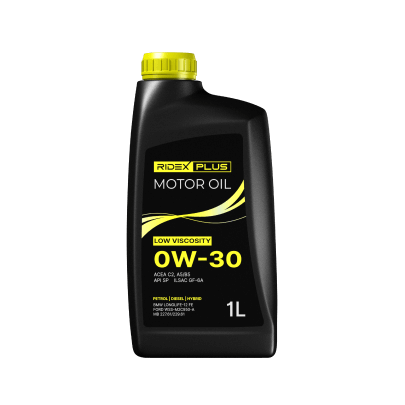

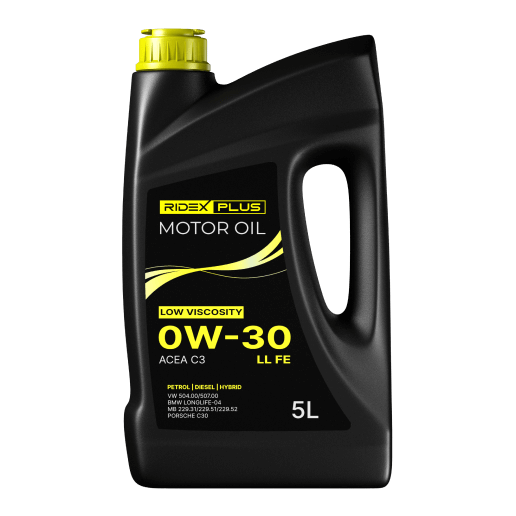
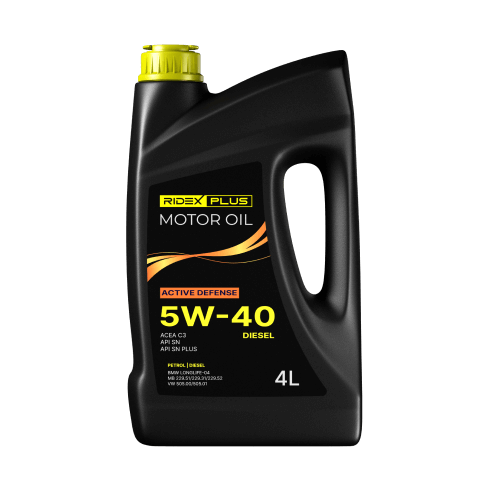
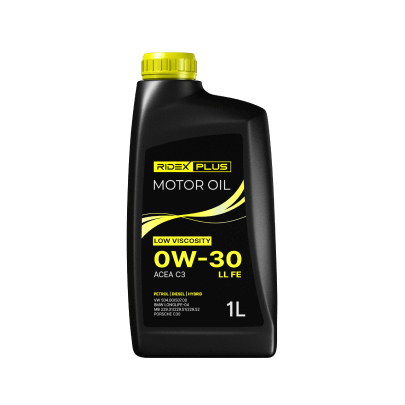
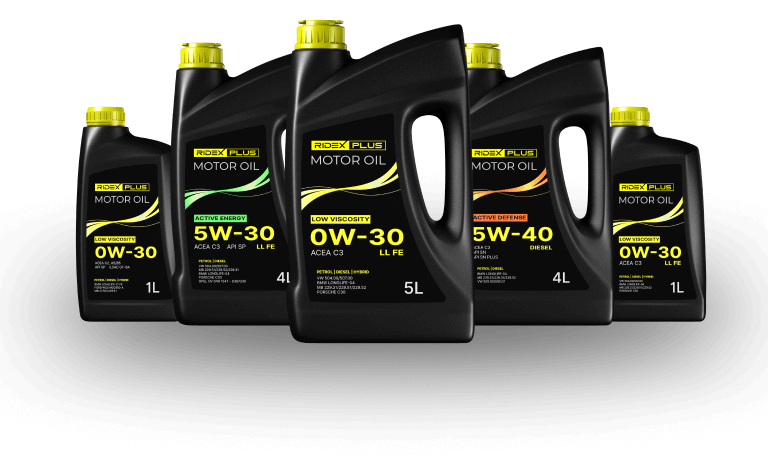
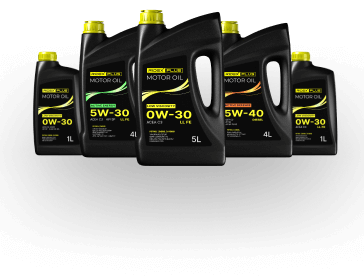
LOW VISCOSITY SERIES
ACTIVE ENERGY SERIES
ACTIVE DEFENSE SERIES
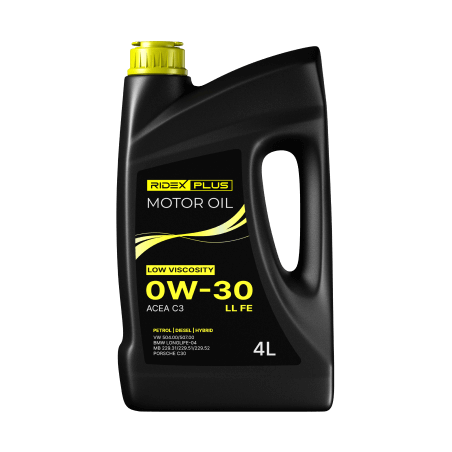
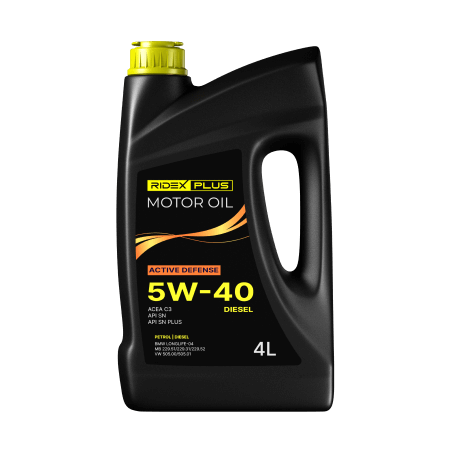

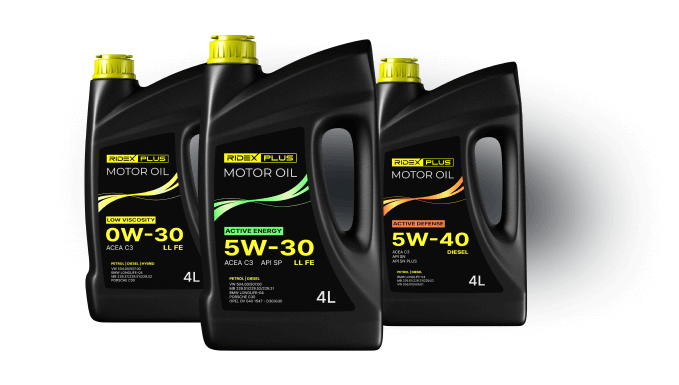

 Portugal
Portugal
 Poland
Poland
 Germany
Germany
 France
France
 Spain
Spain
 Italy
Italy
This website uses cookies that are necessary for the operation of the website. With your consent, other cookies and similar technologies ("tools") are used, in particular to integrate external content, analyse usage, personalise offers, and improve the functionality of the website. You can use the buttons below to accept or reject all these tools. Under "Manage preferences", you will find detailed information on all tools and can adjust your settings individually. If, when using a tool, data is transferred to third countries outside the EEA which may have a lower level of data protection, your consent expressly extends to this transfer and further processing. Under “Cookie settings” in the footer of our website, you can revoke your consent or update your selection at any time. For more information, please see our Privacy Policy
Necessary tools serve to enable the basic functions of our website, such as the shopping basket or logging in with your customer account. Without the necessary tools, we can’t provide the services of our website.
List of cookies
| Name | Partner | Expiry | Type | Description |
|---|---|---|---|---|
| __cf_bm (x2) | en.ridex.eu | 30 minutes | HTTP-Cookie | This cookie is set by Cloudflare. The cookie is used to support Cloudflare Bot Management. |
| __cfduid (x3) | en.ridex.eu | 1 month | HTTP-Cookie | The cookie is used by CDN services like Cloudflare to identify individual clients behind a shared IP address and apply security settings on a per client basis. It does not correspond to any user ID in the web application and does not store any personal identification information. |
| INGRESSCOOKIE | en.ridex.eu | 2 days | HTTP-Cookie | This cookie is used for load balancing and session stickiness. This technical session identifier is required for some website features. |
| kmtx_sync_pi | en.ridex.eu | 1 year | HTTP-Cookie | The cookie is used to store information on how visitors use a website and helps to create an analytics report of how the website is performing. The data collected is anonymous and includes the number of visitors, the traffic source, and the pages visited. |
| fuel_csrf_token | en.ridex.eu | 1 hour | HTTP-Cookie | This cookie enables basic functionalities and the security features of the website. It operates on an anonymous basis. |
| checkedSwitchClone | en.ridex.eu | Session | HTTP-Cookie | This cookie enables basic functionalities and the security features of the website. It operates on an anonymous basis. |
| SSNONE | emitter.kilometrix.de | Session | HTTP-Cookie | The cookie is used to store information on how visitors use a website and helps to create an analytics report of how the website is performing. The data collected is anonymous and includes the number of visitors, the traffic source, and the pages visited. |
| ui | en.ridex.eu | 2 months | HTTP-Cookie | This cookie enables basic functionalities and the security features of the website. It operates on an anonymous basis. |
| clientCode | en.ridex.eu | Session | HTTP-Cookie | This cookie enables basic functionalities and the security features of the website. It operates on an anonymous basis. |
| drv | en.ridex.eu | 7 days | HTTP-Cookie | This cookie enables basic functionalities and the security features of the website. It operates on an anonymous basis. |
| CookieConsent | en.ridex.eu | 1 year | HTTP-Cookie | This cookie enables basic functionalities and the security features of the website. It operates on an anonymous basis. |
| kmtx_sync | en.ridex.eu | 1 year | HTTP-Cookie | The cookie is used to store information on how visitors use a website and helps to create an analytics report of how the website is performing. The data collected is anonymous and includes the number of visitors, the traffic source, and the pages visited. |
| JSESSIONID | nr-data.net | Session | JSESSIONID | Used by sites written in JSP. This is a general purpose platform session cookie that is used to maintain the user's session state across page requests. |
| _genesys.widgets.inFocus | en.ridex.eu | Persistent | HTML Local Storage | Genesys Widgets uses this cookie to store non-sensitive data in the browser. The end user's browser must allow cookies for Genesys Widgets to operate properly. Each cookie is required, and without the ability to read and write these cookies, Genesys Widgets products will not function properly. |
| fueldid | en.ridex.eu | 2 months | HTTP-Cookie | This cookie enables basic functionalities and the security features of the website. It operates on an anonymous basis. |
| productsOnCart | en.ridex.eu | Persistent | HTML Local Storage | This cookie enables basic functionalities and the security features of the website. It operates on an anonymous basis. |
| sntk_test | en.ridex.eu | 1 day | HTTP-Cookie | This cookie enables basic functionalities and the security features of the website. It operates on an anonymous basis. |
| Widgets.ready | en.ridex.eu | Session | HTML Local Storage | This cookie enables basic functionalities and the security features of the website. It operates on an anonymous basis. |
| WINDOW_VALIDATION | en.ridex.eu | Persistent | HTML Local Storage | This cookie enables basic functionalities and the security features of the website. It operates on an anonymous basis. |
| kmtx_sync | emitter.kilometrix.de | 1 year | HTTP-Cookie | The cookie is used to store information on how visitors use a website and helps to create an analytics report of how the website is performing. The data collected is anonymous and includes the number of visitors, the traffic source, and the pages visited. |
Analytical tools are used for the statistical collection and analysis of user behaviour, for which the access data are evaluated during your visit. For example, we analyse entered search terms, the frequency of page views, or the use of certain website functions. With the help of this evaluation, we can optimise our website and improve your user experience.
List of cookies
| Name | Partner | Expiry | Type | Description |
|---|---|---|---|---|
| _ga | en.ridex.eu | 2 years | HTTP Cookie | Used to identify users. |
| _gid | en.ridex.eu | 24 hours | HTTP Cookie | Used to identify users. |
| _gat | en.ridex.eu | 1 minute | HTTP Cookie | The cookie is installed by Google Analytics to control the request rate and limit the collection of data on high-traffic websites. |








A new-generation, innovative synthetic oil designed to save fuel and reduce CO2 emissions. It complies with the strictest emission regulations, providing engine protection against wear and effectively reducing harmful emissions and deposits.
An innovative, next-generation synthetic oil, carefully formulated to optimise fuel economy. It is produced with specially selected synthetic base oils and a balanced choice of advanced additives. Recommended for use in petrol and diesel engines, both naturally aspirated and turbocharged, in passenger cars and light commercial vehicles.
A fuel economy, synthetic, universal motor oil, developed according to the most recent technology, based on specially selected synthetic base oils. Designed for use in petrol and diesel engines, both naturally aspirated and turbocharged, in passenger cars and light commercial vehicles with extended oil drain intervals. It also helps extend the lifetime of diesel particulate filters.
A universal synthetic motor oil, developed according to the most recent technology, based on specially selected synthetic base oils. Recommended for use in petrol and diesel engines, both naturally aspirated and turbocharged, in passenger cars and light commercial vehicles with extended oil drain intervals.
This modern synthetic fuel-economy motor oil is produced with specially selected synthetic base oils and a balanced choice of advanced additives. It is recommended for use in petrol and diesel engines, including those with turbocharging and fuel injection, in passenger cars and light commercial vehicles.
This universal motor oil is produced with special base oils that have a high natural viscosity index. It contains a unique additive package that provides protection against wear, prevents deposit formation, and minimises oil consumption.
A very modern, synthetic, universal motor oil based on specially selected synthetic base oils with a high viscosity index. Recommended for use in petrol and diesel engines, both naturally aspirated and turbocharged, in passenger cars and light commercial vehicles for which the most modern specifications are required.
A modern, synthetic, fuel-economy, universal motor oil based on specially selected synthetic base oils with a high viscosity index. Recommended for use in petrol and diesel engines, both naturally aspirated and turbocharged, in passenger cars and light commercial vehicles for which the most modern specifications are required.
A universal synthetic motor oil developed using the latest technology and based on specially selected synthetic base oils with a high natural viscosity index. Recommended for use in petrol and diesel engines, both naturally aspirated and turbocharged, in passenger cars and light commercial vehicles with extended oil drain intervals.





